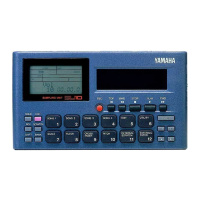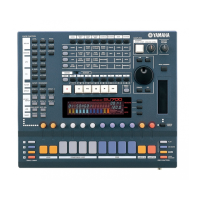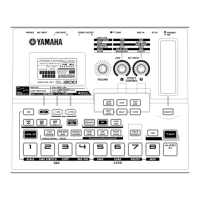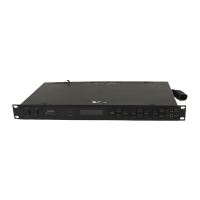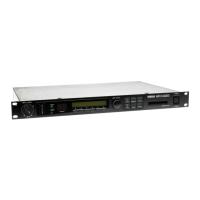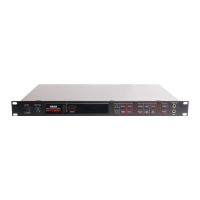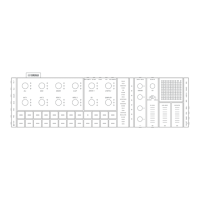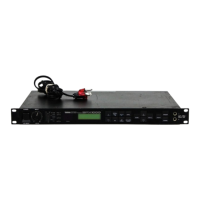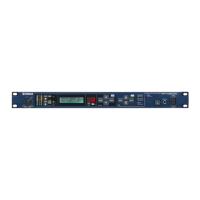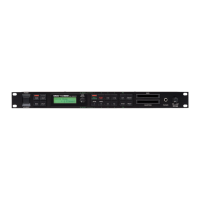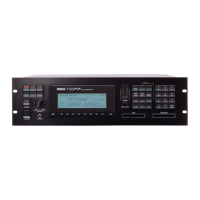What to do if Yamaha Recording Equipment sound is distorted?
- LLisa TorresAug 21, 2025
If the sound from your Yamaha Recording Equipment is distorted: * Lower the digital volume by pressing [–1] if the replay volume is exceeding the clip level. Note that reducing the level with the volume slider will not correct this problem. * If the volume exceeded the clip level at the time of recording, refer to page 33. * If using resonance during FILTER play, try reducing the resonance level. * If the batteries are low, replace them or connect a PA-3B or PA-1B power adaptor.
